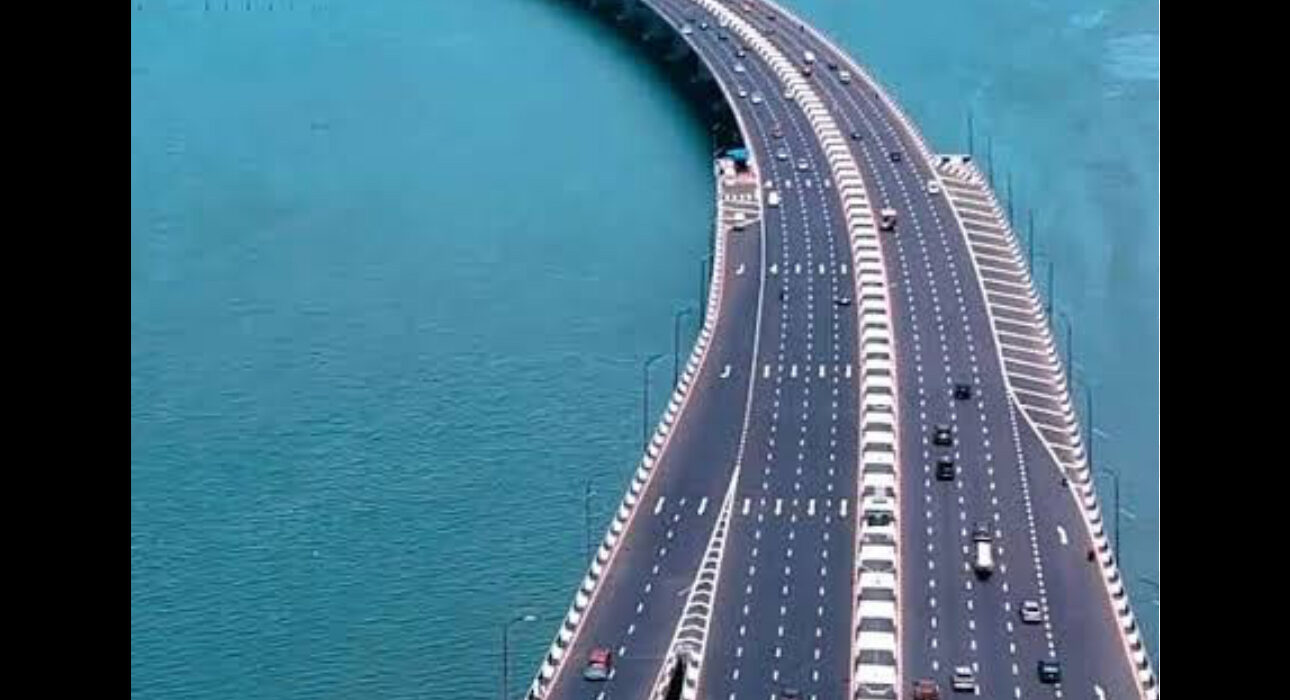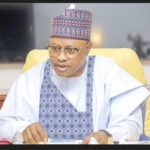Underwater Damage Repairs to Third Mainland Bridge to Cost ₦3.8 Trillion, Says Umahi

The Federal Government has uncovered severe underwater structural damage on the Third Mainland Bridge in Lagos, prompting urgent discussions on whether to rehabilitate or completely rebuild the critical infrastructure link.
Minister of Works, David Umahi disclosed the findings after a detailed inspection, warning that the deterioration poses significant risks if not addressed immediately.
Speaking after the Federal Executive Council (FEC) meeting in Abuja, Umahi said investigations revealed extensive damage to the bridge’s piles and piers, caused by decades of erosion, corrosion, and illegal sand mining activities around its foundations.
According to him, rehabilitating the bridge would cost about ₦3.8 trillion, while constructing a new one from scratch is estimated at ₦3.6 trillion.
The Minister explained that FEC has approved the engagement of seven specialised contractors to conduct further technical investigations and prepare bids for both rehabilitation and new construction under an Engineering, Procurement, Construction, and Financing (EPC+F) arrangement.
Funding discussions, he added, are ongoing with international financiers, including Deutsche Bank, with a public-private partnership model being considered to ease the financial burden on government.
Umahi emphasised the urgency of action, stressing that the Third Mainland Bridge — which connects Lagos Island to the mainland and serves hundreds of thousands of commuters daily — cannot be left to deteriorate further.
“We have reached a critical point. The underwater issues are severe and must be addressed now to avoid catastrophic failure,” he said.
The Minister also noted that other key bridges across the country require attention. Julius Berger, the contractor on the Carter Bridge, has declared it beyond repair and recommended total reconstruction at a cost of about ₦359 billion. Emergency interventions have also been approved for the Jalingo Bridge in Taraba State, the Ido Bridge damaged by fire, the Keffi Flyover in Nasarawa State, and the Mokwa Bridge in Niger State.
To improve long-term maintenance, the Works Ministry is considering the deployment of robotic diving machines for underwater inspections nationwide, replacing the traditional and costly manual diving methods. Umahi described the current situation as a “bridge emergency” and called for sustained investment in the country’s ageing infrastructure to safeguard public safety and economic stability.
The government is expected to decide in the coming months whether to pursue the costly rehabilitation of the Third Mainland Bridge or opt for complete reconstruction.
Either decision will mark one of the most significant infrastructure undertakings in Nigeria’s history, with major implications for Lagos traffic management and the nation’s economic lifeline.









